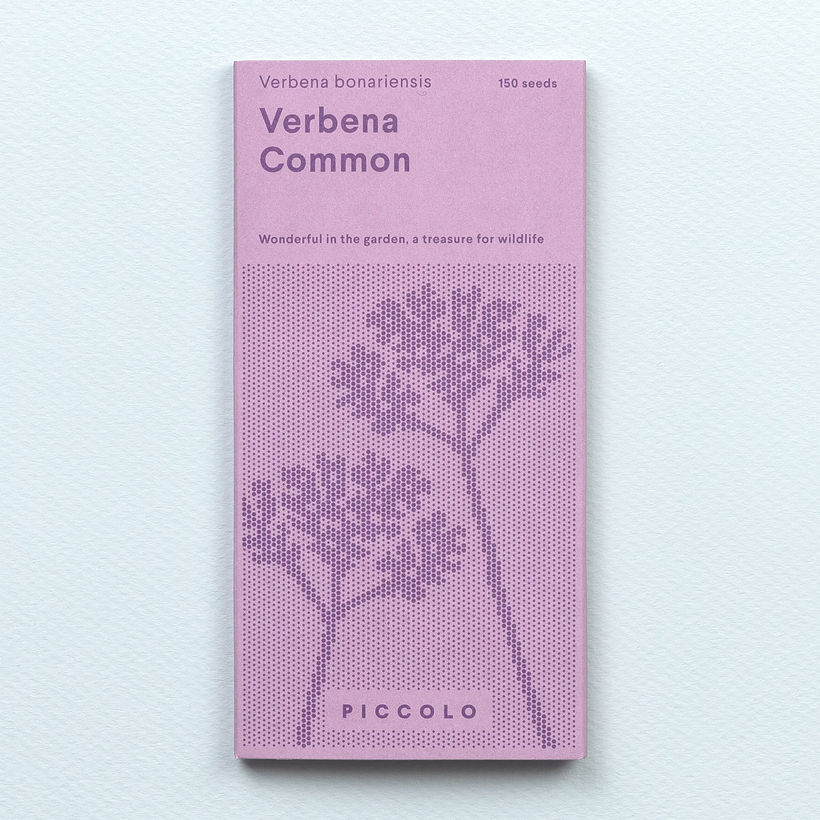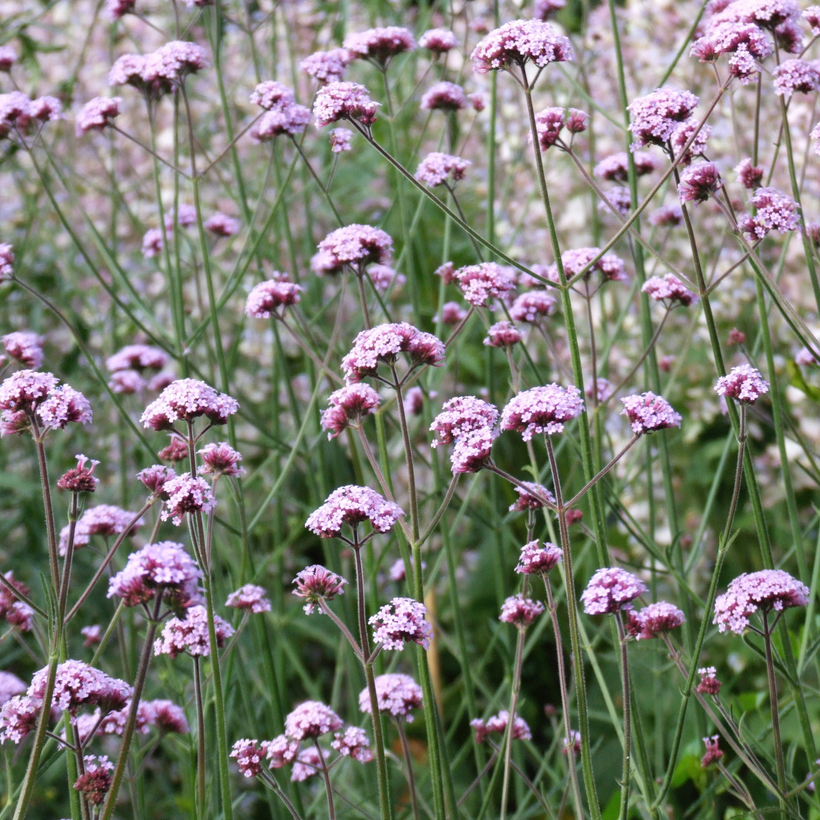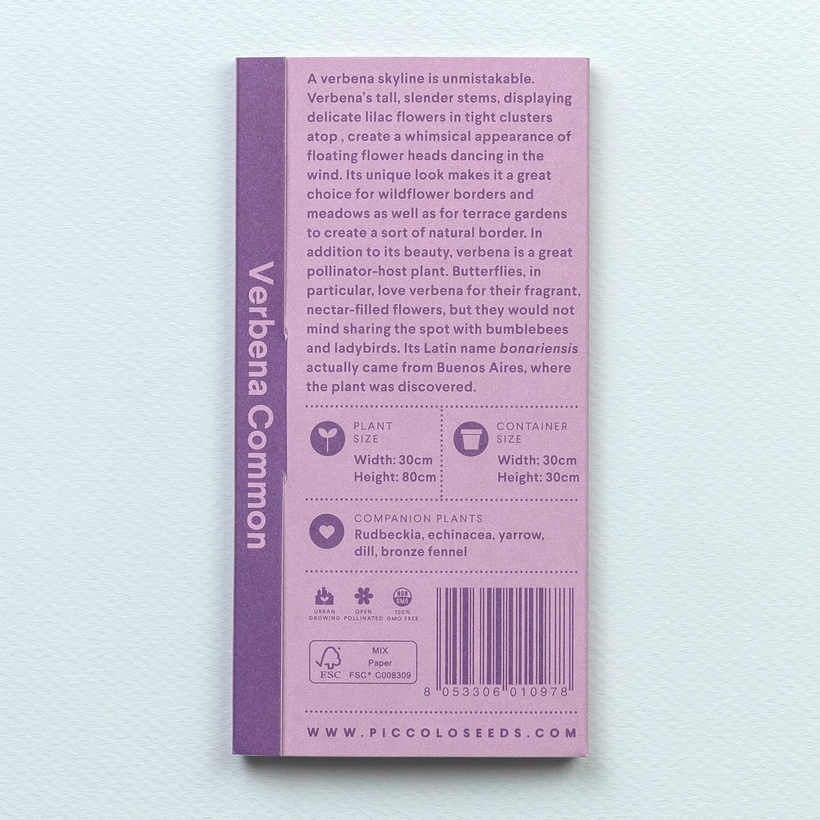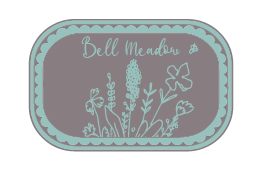 Image 1 of 3
Image 1 of 3

 Image 2 of 3
Image 2 of 3

 Image 3 of 3
Image 3 of 3




Verbena
An Argentinian verbena skyline is unmistakable. Verbena’s tall, slender stems, displaying delicate lilac flowers in tight clusters atop, create a whimsical appearance of floating flower heads dancing in the wind. Its unique appearance makes it a great choice for wildflower borders and meadows as well as for terrace gardens to create a sort of natural border. In addition to its beauty, verbena is a great pollinator-host plant. Butterflies, in particular, love verbena for their fragrant, nectar-filled flowers, but they would not mind sharing the spot with bumblebees and ladybirds. Its Latin name bonariensis actually came from Buenos Aires, where the plant was discovered.
An Argentinian verbena skyline is unmistakable. Verbena’s tall, slender stems, displaying delicate lilac flowers in tight clusters atop, create a whimsical appearance of floating flower heads dancing in the wind. Its unique appearance makes it a great choice for wildflower borders and meadows as well as for terrace gardens to create a sort of natural border. In addition to its beauty, verbena is a great pollinator-host plant. Butterflies, in particular, love verbena for their fragrant, nectar-filled flowers, but they would not mind sharing the spot with bumblebees and ladybirds. Its Latin name bonariensis actually came from Buenos Aires, where the plant was discovered.
An Argentinian verbena skyline is unmistakable. Verbena’s tall, slender stems, displaying delicate lilac flowers in tight clusters atop, create a whimsical appearance of floating flower heads dancing in the wind. Its unique appearance makes it a great choice for wildflower borders and meadows as well as for terrace gardens to create a sort of natural border. In addition to its beauty, verbena is a great pollinator-host plant. Butterflies, in particular, love verbena for their fragrant, nectar-filled flowers, but they would not mind sharing the spot with bumblebees and ladybirds. Its Latin name bonariensis actually came from Buenos Aires, where the plant was discovered.
